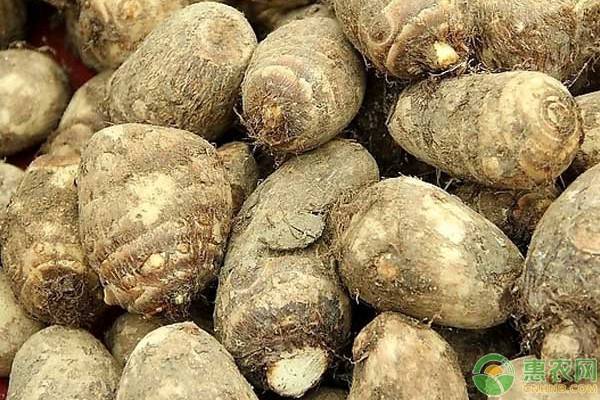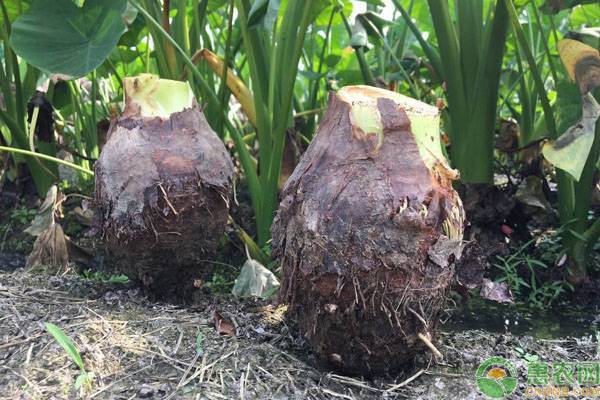Taro is a very delicious vegetable. It is loved by men, women and children. Nowadays, there is a must-have dish in many restaurants. It is steamed pork ribs, powdered glutinous rice, rustle sweet, and meaty fragrance. But do you know how to grow hoe? What are the management points of different taro growth stages?

Seedling stage
Generally, about one month after sowing, the seeds will germinate. At this time, all you need to do is to timely break the membrane to guide the seedlings to unearth, to avoid the temperature is too high and burn the seedlings. After the seedlings are unearthed, the membrane mouth can be compacted to improve the fertilizer and water retention of the soil and reduce the weeds. In addition, after the seedlings are unearthed, do not over-water, resulting in roots.
2. Flowering period
The flowering period is a relatively important stage. If the management work at this stage is not done, it will directly lead to the production and quality of Shantou. At this stage, everyone should apply nitrogen fertilizer in time.

Please note that this stage is also the peak period of steam demand in Shantou, but watering can not be done by large water, because it is easy to cause damage. After watering, we must do a good job of weeding and loosening soil in time. It is very important to remove the weeds in the field and the taro plants in time. It is recommended to use manual extraction and herbicides to be used less.
3. Knot period
Sufficient water and nutrients are needed during the scarring period. This is the period of expansion of the female and female baboons. Generally, at least two fertilizers are required. It is necessary to cultivate the soil once every time the fertilizer is applied, and cover the soil immediately after fertilization. The purpose is to provide breathability and enhance the nutrient absorption capacity of the roots of the taro.
The crusting period of steamed bread is usually in the summer, when the water and nutrients needed are relatively large, and because the weather is hot, it is necessary to timely water according to the soil conditions. The watering interval is usually about six days.

Dormancy period
After the crusting period, the growth rate of the taro tubers will gradually drop, and the plants on the ground will almost stop growing. At this time, the taro is almost in the dormant period. It can reduce the frequency of fertilization and watering, and keep the land in a dry state when harvesting.
5. Notes
When the steamed bread enters the maturity stage, some yellow leaves are produced at the bottom of the plant, and these dead yellow leaves are removed in time to reduce the probability of disease occurrence and control the number of seedlings.
For the wonderful pictures and hot comments on Shantou's field management technology, you may be interested in the following recommended contents. Welcome to read.
YT-S350
YT-S350
Shenzhen Sunshine Technology Co.,Ltd , https://www.szyatwin.com